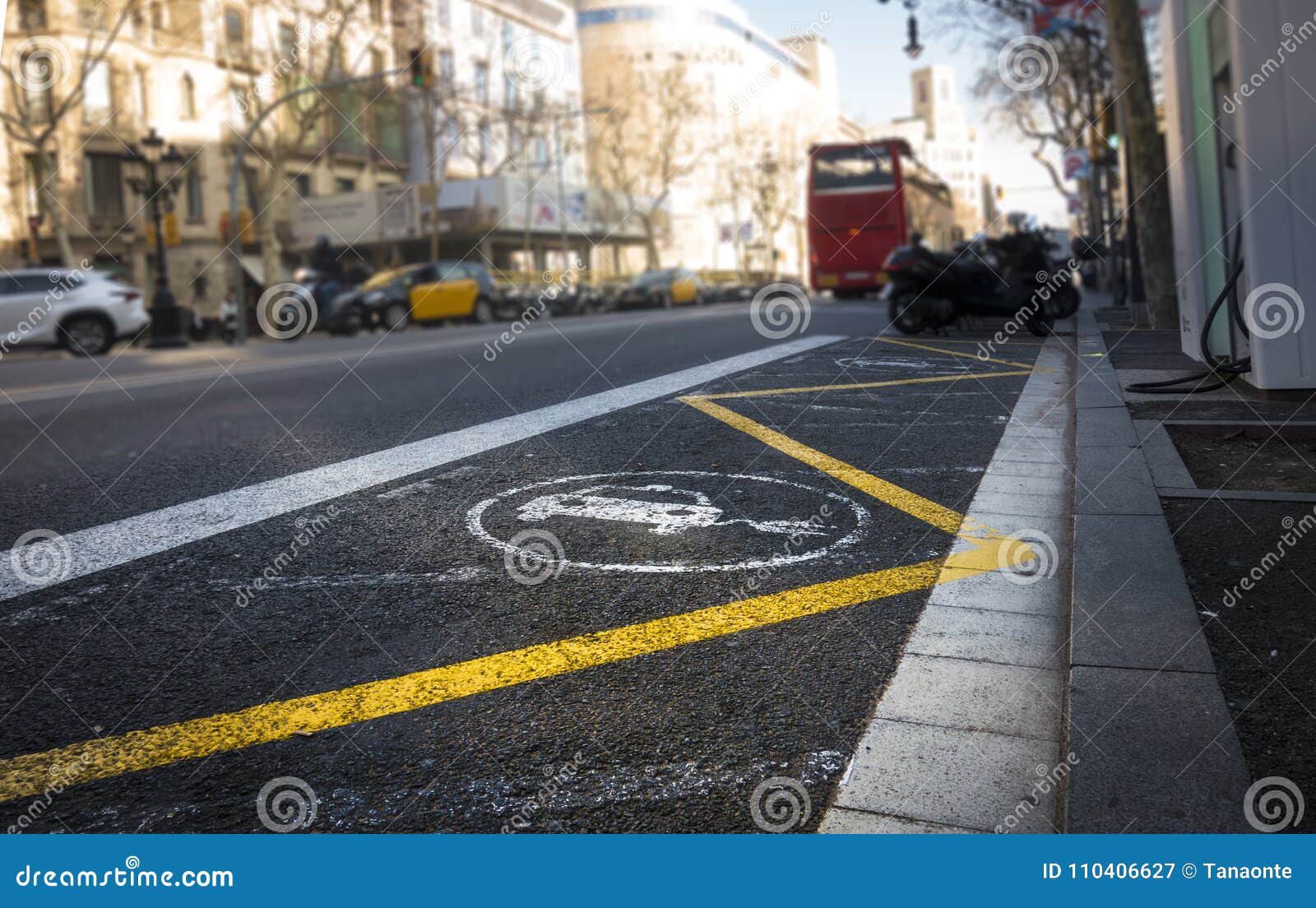

Our aluminum blanks are manufactured at our local production facilities. Exceeds ASTM D 4956 Spec Type III and IV.Īluminum:Flat sheet aluminum is the most common substrate for long-to-permanent use signs and is our #1 substrate.

Non-metalized microprismatic lens reflective sheeting is designed for production of reglecctive durable traffic control signs. It is designed as a replacement for many types of reflective sign sheetings in use today.ģM High Intensity (HI) Reflective Sheeting:A reflective sheeting with a unique construction providing high levels of retro-reflectivity for multiple traffic and commercial situations. Diamond Grade sheeting meets ASTM Type IX and ASTM Type XI. Its optical elements return almost 60 percent of available light to drivers - nearly double that of other prismatic sheetings. 3M reflective sheeting products are the choice of ATS Traffic and of most major Canadian government agencies and municipalities.ģM Diamond Grade (DG) Reflective Sheeting:A state-of-the-art, full cube prismatic reflective sheeting that delivers optimal performance at most sigh distances. All signs are manufactured at our facility in Edmonton. REMINDER: Please review your order for provincial regulations before purchase.ĪTS Traffic is a 3M certified fabricator. This sign is regulated by the regulatory government body of British Columbia. To request any MnDOT document in an alternative format, please email A to ZĢ023 Minnesota Department of Transportationģ95 John Ireland Blvd, St.Electric Vehicle Charging Station c/w Symbol Other questionsįor more technical information on pavement marking, contact: For more details about this communication system, take a look at the MnDOT Pavement Marking Field Guide.Īs stated in the MnDOT Provisions for Pavement Marking Operations, MnDOT’s goal is to provide an appropriate pavement marking on all highways, 365 days a year. Pavement markings What is a pavement marking?Ī pavement marking is part of a communication system for road users – in addition to signs and signals, pavement markings communicate to drivers where to position their vehicles, warn about upcoming conditions, and indicate where passing is allowed.


 0 kommentar(er)
0 kommentar(er)
